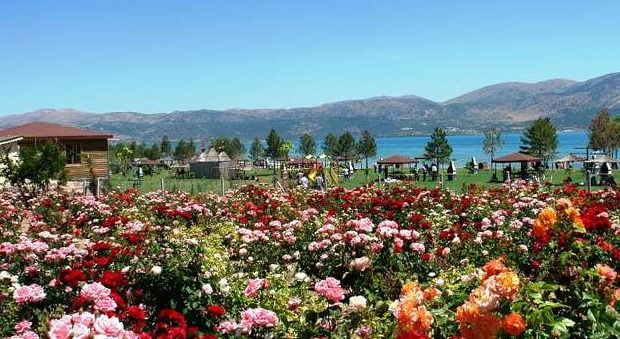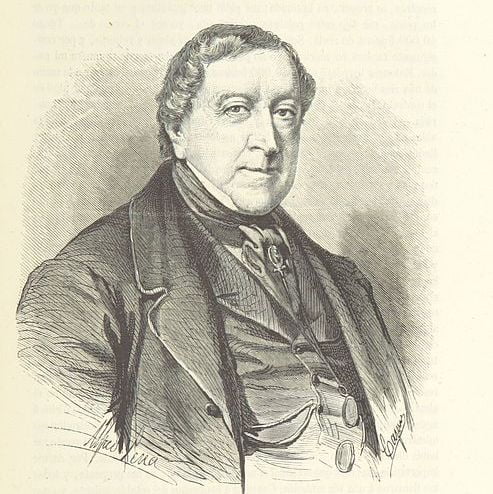We must enter Theoderic’s theater with appropriate reverence for the stately performance he will stage for us, and with keen-eyed skepticism, determined, as if we were at a magic show, not to let our attention be distracted. Surely, we will be smart enough not to let anticipated misdirection and legerdemain fool us into believing in magic, won’t we?
Romans and Romans
Uncontested in power from 493, triumphant at Rome in 500, Theoderic would reign until 526. Of all the rulers who held sway in the Italian peninsula from Romulus to his own day, only the original Caesar Augustus enjoyed a longer reign, and in the eastern empire Theodosius II (r. 408-450) and Justinian (r. 527-565) outdid him, but then no comparably long-reigned rival would appear until Basil II in the late tenth century in Constantinople. To this day, Theoderic has no rival on the Italian peninsula, unless we allow popes into the contest, and even then Pius IX’s nearly thirty-two years fall short. It was an age when Italy was divided between Romans—and Romans.
Contemporaries made the era out to be a golden age, when you could leave your money lying outdoors at night, confident that none would steal it, and when cities never closed their gates. The peninsula was secure from serious military attack, disturbed only by skirmishes on the margins and news of one brief but substantial conflict in southern Gaul. Land tenure
The World That Might Have Been $109
was certain; law was consistent, predictable, and enforced; and public officers served in a regular order, almost all with titles long familiar in local history and use. People could grow up, marry, raise families, and die exactly as their forebears had. The stability of empire had returned. Given how needy and overbuilt the region was—long accustomed to being propped up by tax revenues, living on imports—Odoacer’s and Theoderic’s achievements are unexpected and striking private bulgaria tours yachting.
Filtered through the experience of aristocratic families
As in all of classical antiquity, however, too much of what we hear about this age is filtered through the experience of aristocratic families, the kind who still hung the smoke-stained ancestral death masks in what they probably still called the atrium of their family home, whatever architectural form it took. Those ancestors foreshadowed the ones that Gilbert and Sullivan’s Major-General found in the chapel on his estate in The Pirates of Penzance:
Frederic : But you forget, sir, you only bought the property a year ago, and the stucco on your baronial castle is scarcely dry.
Major-General: Frederic, in this chapel are ancestors: you cannot deny that. With the estate, I bought the chapel and its contents. I don’t know whose ancestors they were, but I know whose ancestors they are.
The legends of Roman families took a particularly sharp turn in the fourth century under and after Constantine, when many old families found themselves rather taken over and brought under new management by the freshly minted aristocrats—usually military men—of the regimes of Diocletian and Constantine. The children and grandchildren of a colonel who made a good marriage to an impoverished blue blood deferred to no one in their ostentatious reverence for ancient lineage. Undoubtedly, genealogists might trace some twig of marriage and descent on even the shakiest family trees back to olden times. The Decii, the Anicii, and the Basilii of the fifth and sixth centuries in Rome—those were the families that loomed largest in Theoderic’s Rome—were far removed from the worthies of old whose names they bore. Any members of the Decii of the sixth century could tell the story of their heroic ancestor in the Samnite wars of the fourth century BCE, the one who made an offering of himself and the enemy’s soldiers to the gods above and below before riding into battle in order to ensure victory for the Romans during his consulship. And that was usually enough for family pride dozens of generations later.
Read More about Theoderic’s visit to Rome in 500








